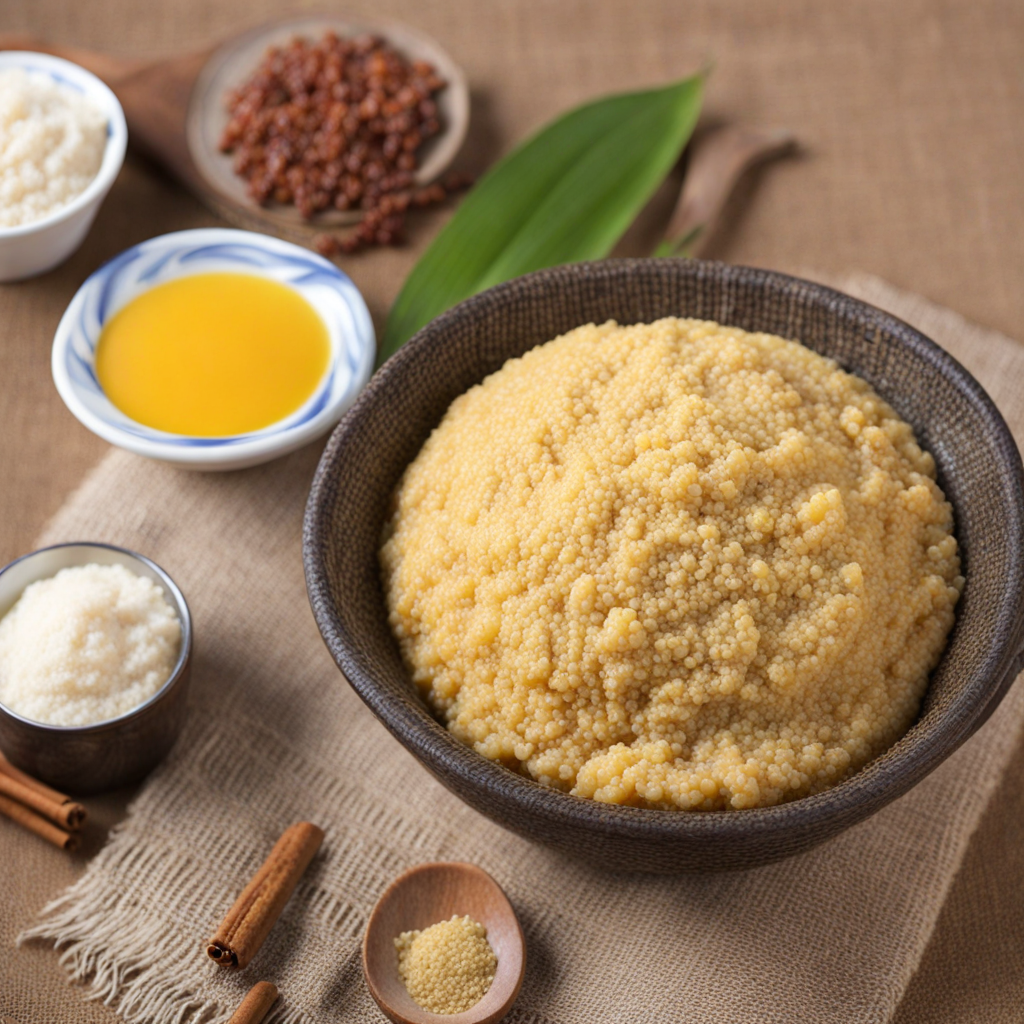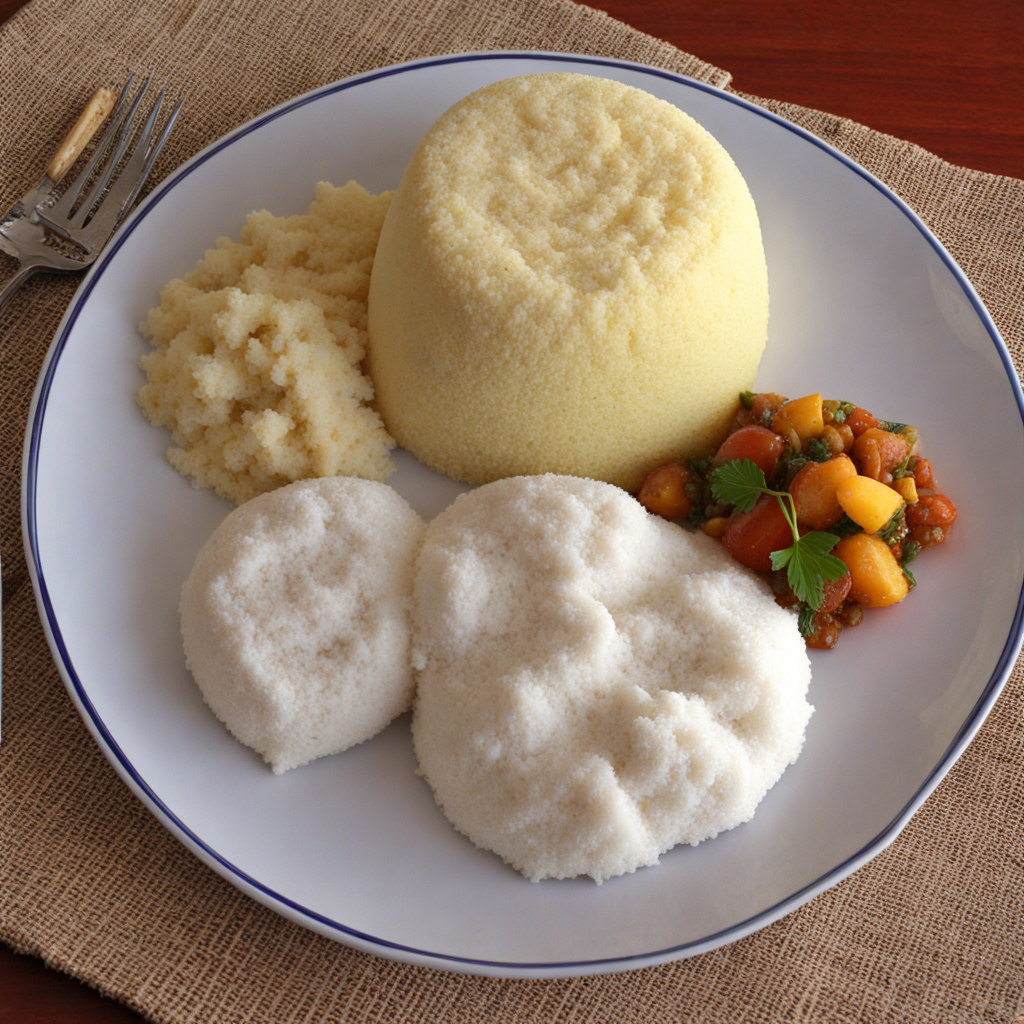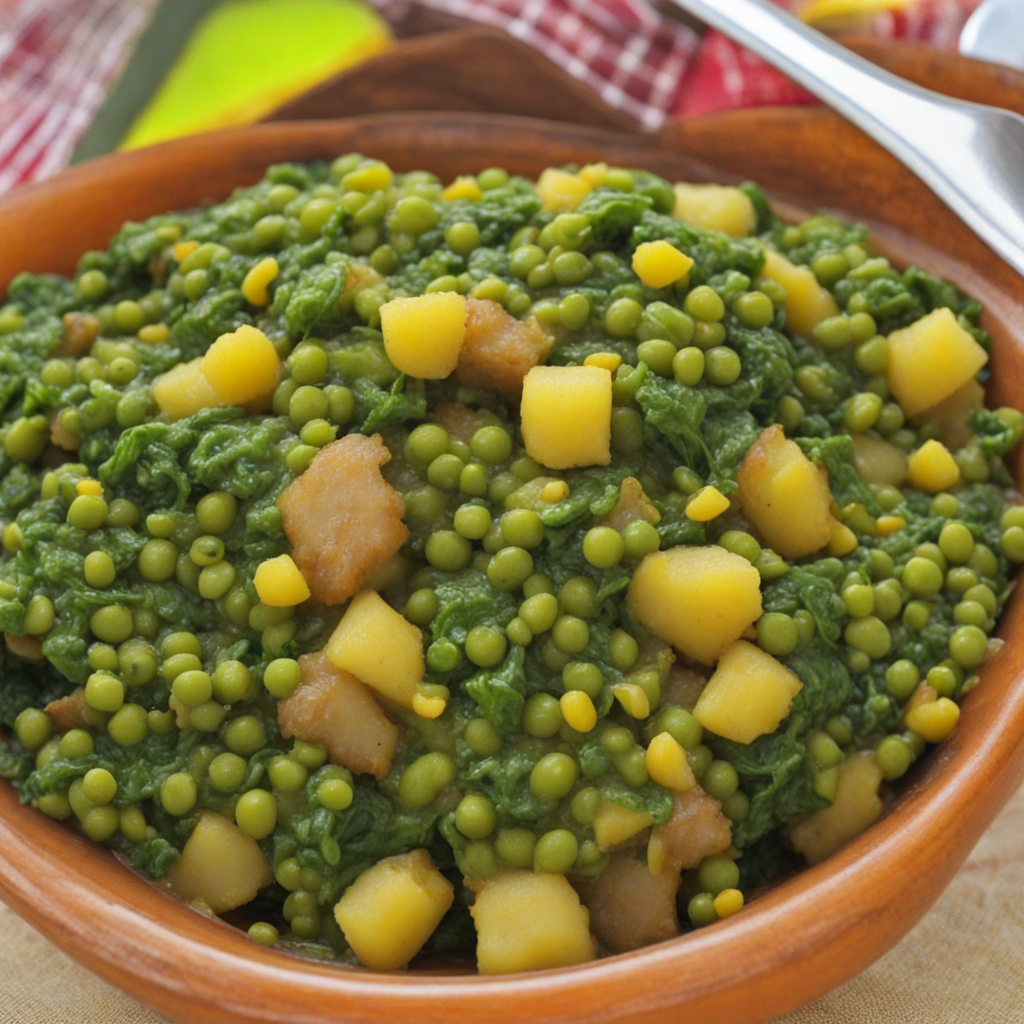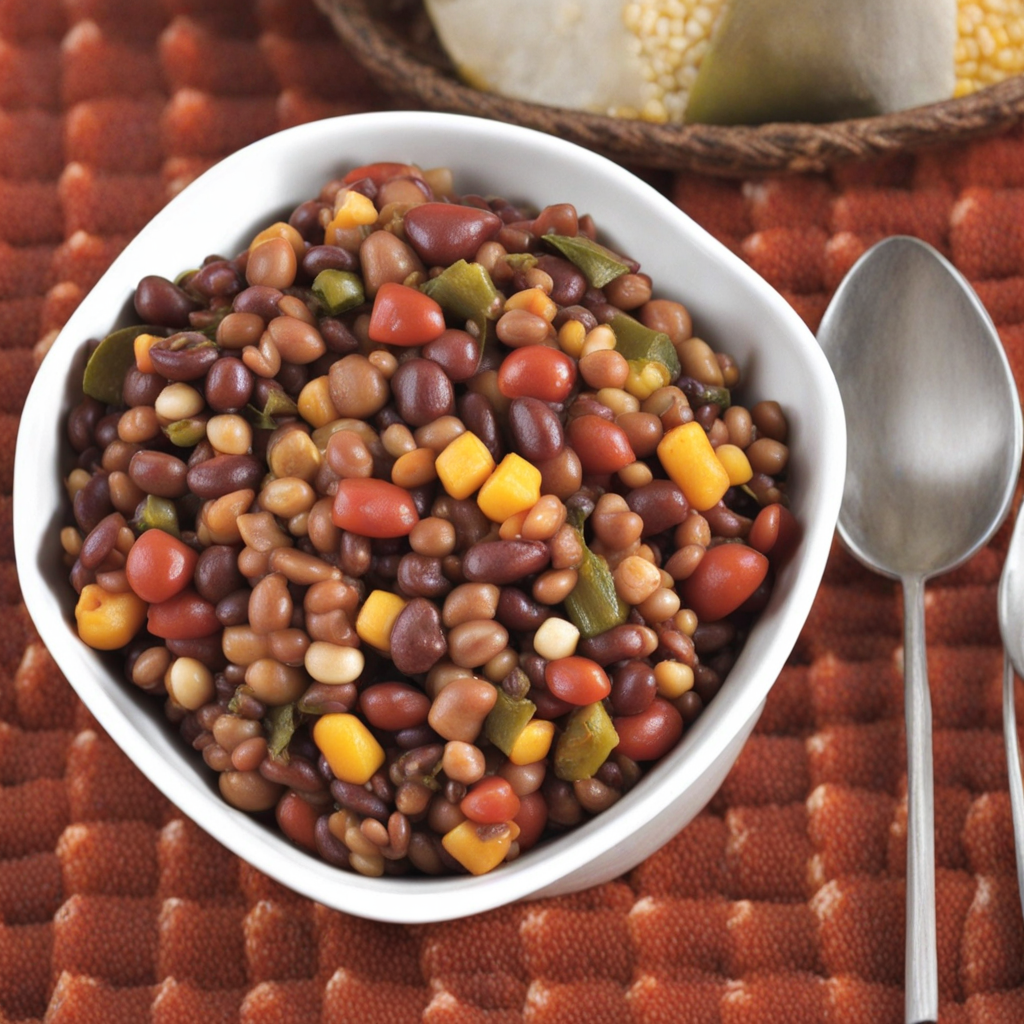Uji
Uji is a traditional Kenyan porridge that is rich in flavor and history, often enjoyed as a staple food across various communities in the country. This delightful dish is typically made from fermented maize flour, although it can also incorporate other grains like millet or sorghum, giving it a unique taste and texture. The fermentation process not only enhances the nutritional value but also imparts a slightly tangy flavor that sets Uji apart from other porridge varieties. When prepared, Uji has a smooth, creamy consistency that makes it a comforting meal, perfect for breakfast or as a snack throughout the day. What makes Uji particularly special is its versatility; it can be served plain or enhanced with a variety of toppings and accompaniments. Common additions include honey, sugar, or milk, which sweeten the dish and add creaminess. Some people like to sprinkle in ground nuts or seeds for added crunch and nutrition, while others might mix in fruits such as bananas or mangoes to provide a fresh burst of flavor. This adaptability allows Uji to cater to different palates and preferences, making it a beloved choice for many Kenyans. Beyond its taste, Uji carries cultural significance, often being associated with nourishment and health. It is frequently given to children and nursing mothers for its energizing properties. In many households, Uji is not just a meal; it’s a communal experience, often shared among family members, fostering connections and traditions. With its rich flavors and comforting qualities, Uji offers a genuine taste of Kenyan culinary heritage that invites you to explore and savor each delicious spoonful.
How It Became This Dish
Origin of Uji Uji, a traditional porridge from Kenya, has roots deeply embedded in the agricultural practices and dietary customs of the East African region. Its origin can be traced back to the Bantu-speaking communities who cultivated grains such as millet, sorghum, and maize. These grains were not only staples in their diet but also played a significant role in cultural rituals and community gatherings. Uji was originally prepared as a nutritious meal for both children and adults, often consumed at breakfast or as a restorative food for the sick or postpartum women. The preparation of uji involves boiling the ground grains in water to create a thick, smooth consistency. While the basic recipe remains, the grains used can vary depending on availability and regional preferences. For instance, in some areas, uji is made from finger millet, while in others, it might be prepared using maize or sorghum. The method of preparation has also evolved, with some communities incorporating modern techniques that expedite the cooking process, although traditional methods still hold considerable cultural significance. Cultural Significance Uji is not merely a food item; it carries profound cultural significance among various Kenyan communities. It is often associated with nurturing and care, particularly in the context of motherhood and child-rearing. Traditionally, uji is one of the first solid foods introduced to infants, symbolizing nourishment and growth. In many families, the preparation of uji is a communal affair, where mothers and grandmothers pass down recipes and techniques to younger generations, reinforcing family bonds and cultural traditions. In addition to its role in family life, uji is also featured prominently in social and religious ceremonies. During celebrations such as weddings, it may be served as part of a larger feast, signifying hospitality and abundance. In some communities, the preparation of uji is accompanied by prayers and blessings, emphasizing its importance as a source of sustenance and health. This food has transcended mere nutrition to become a symbol of community, heritage, and identity among the Kenyan people. Development Over Time As Kenya transitioned through various historical phases, including colonial rule and independence, the ingredients and methods used to prepare uji have evolved. The introduction of new farming techniques and the commercialization of agriculture in the 20th century led to increased access to different grains and nutritional supplements. This has allowed for greater variety in uji recipes, with some modern interpretations incorporating ingredients like milk, sugar, and even fruits, enhancing flavor and nutritional value. In urban settings, where traditional cooking methods may be less feasible due to time constraints, uji has been adapted to fit contemporary lifestyles. Instant uji mixes have emerged, providing convenience for those who lead busy lives. These mixes often contain fortified ingredients, catering to a growing awareness of nutrition and health in Kenya. However, despite these modern adaptations, many Kenyans continue to cherish traditional uji, often preparing it during family gatherings or on special occasions, thus preserving its cultural heritage. Regional Variations Uji is not a one-size-fits-all dish; it showcases the culinary diversity of Kenya through its regional variations. In the coastal regions, for instance, uji may be made from cassava or rice flour, reflecting the local agricultural practices and available resources. In contrast, the highland regions favor millet and sorghum, grains that thrive in cooler climates. Each region brings its unique twist to the dish, often influenced by local tastes and preferences. Furthermore, the way uji is served can differ significantly across communities. In some areas, it is enjoyed plain, while in others, it is enhanced with accompaniments like honey, fruits, or ground nuts. These variations speak to the adaptability of uji as a dish and its ability to resonate with the diverse cultural landscape of Kenya. The shared experience of enjoying uji can foster a sense of unity among communities, while also celebrating the uniqueness of local traditions. Uji in Modern Kenya In contemporary Kenya, uji has found itself at the intersection of tradition and modernity. Health-conscious individuals are increasingly recognizing the benefits of traditional grains, leading to a resurgence in the popularity of uji as a wholesome breakfast option. Nutritional workshops and initiatives often highlight uji as a key component of a balanced diet, promoting its role in combating malnutrition and promoting health. Additionally, uji has gained recognition beyond local borders, with Kenyan expatriates and diaspora communities embracing it as a comfort food that evokes nostalgia. Social media platforms have played a significant role in sharing uji recipes and stories, connecting Kenyans around the world and fostering a shared cultural identity. This globalization of uji not only preserves its legacy but also introduces it to new audiences, allowing for ongoing dialogues about food, culture, and identity. Conclusion: The Future of Uji As the world evolves, so too does the food we cherish. Uji stands as a testament to the resilience of cultural traditions amid changing times. Its adaptability, rooted in history yet open to innovation, ensures its continued relevance in the lives of many Kenyans. As newer generations embrace both the traditional and modern aspects of uji, they contribute to a living history, where the past informs the present, and the future remains bright for this beloved dish. In conclusion, uji is not just a meal; it is a cultural emblem that encapsulates the essence of Kenyan society. Its rich history, significance in family and community, and evolving nature reflect the broader narrative of Kenya itself—a tapestry woven from diverse threads of tradition, innovation, and shared experiences.
You may like
Discover local flavors from Kenya







